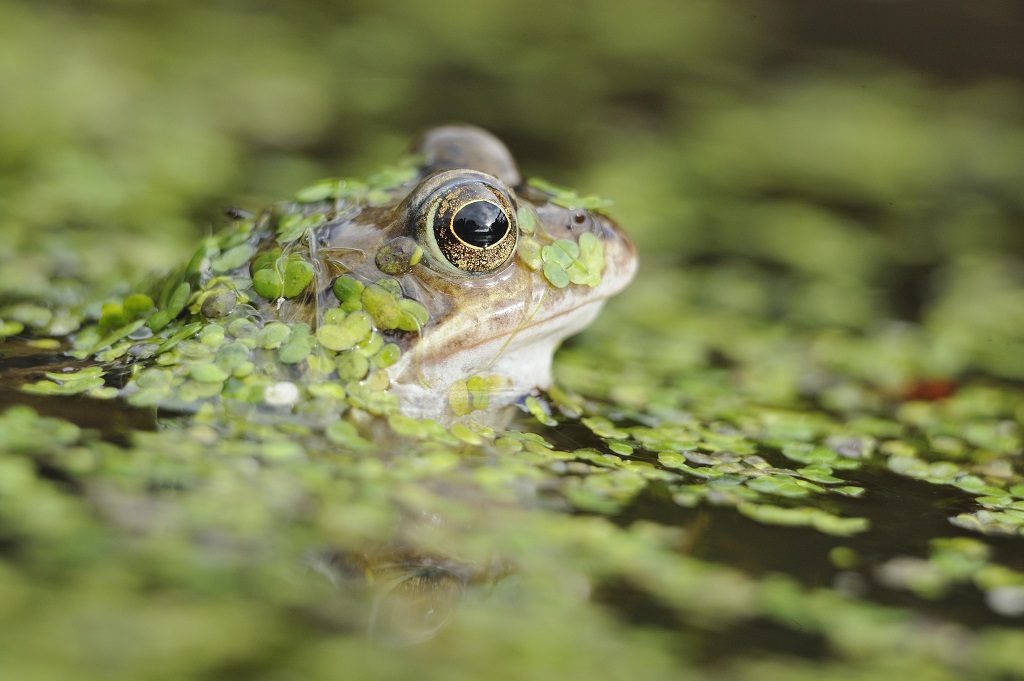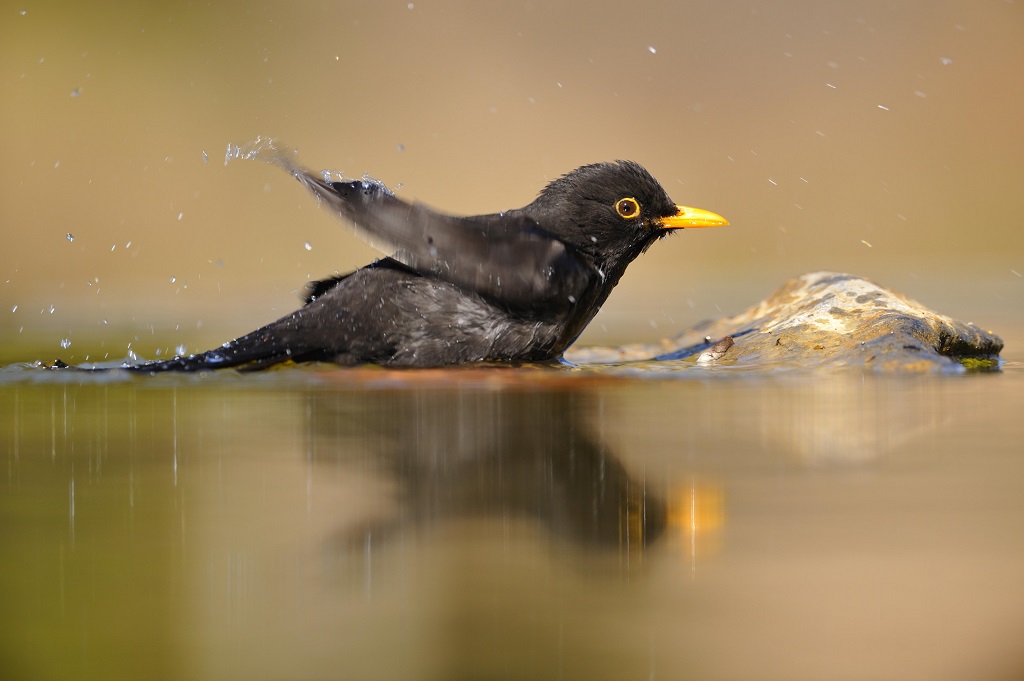Although we can never guarantee endless days of sunshine, the summer months do generally have us spending more time in the garden as we strive to perfect those borders or enjoy alfresco socialising and dining with family and friends.
But as the Scottish Government’s Let’s do Net Zero campaign is highlighting, there are also lots of things that we can do in our garden to help tackle climate change by letting nature thrive.
Climate change and nature loss are the greatest threats facing the world’s population. These are not distant, far away problems: they are here in Scotland now and we’re seeing the impact already through nature loss. The impact of the climate emergency on biodiversity is devastating with 11% of our species in Scotland facing extinction and nearly 25% of our wildlife lost with more at risk.
By helping nature, it can truly help us. There are lots of actions we can take to help make space for more nature around us and allow it to thrive.
From bees, to butterflies and birds, there are a few different ways you can invite these creatures in and encourage them to stay.
Debbie Bassett, Climate Change and COP15 & 26 Coordinator from NatureScot, shares some top tips.
Go natural

Going natural is the best choice for your garden. If you already have paving, artificial grass or gravel, try adding some flowerpots or window boxes to welcome some nature back in and encourage pollinators to visit. If you do have natural grass, try mowing less often, and when you do cut, don’t go too short as that extra centimetre will allow invertebrates to hide. You might even get a visit from some starlings as they hunt for them in the grass.
The more the merrier

Common frog (Rana temporaria) in a garden pond.
©Lorne Gill
No matter the size of your garden, variety is key to encouraging biodiversity. By introducing lots of different plants, you are providing a home for many little wild visitors. Look out for plants that flower at different points in the year and have different shaped flowers, as well as introducing bushes with autumn berries, growing some trees and replacing fences with hedges. Growing a hedge offers a habitat for wildlife that fences just cannot match. Log piles also provide the perfect habitat for insects and any hibernating animals, just make sure not to disturb the pile too often.
Let the garden look after itself

Being a lazy gardener might not be the worst thing in the world. Many little insects and other wildlife like to shelter in twigs, leaves and natural debris, so letting the vegetation dieback naturally will give them a home. Seedheads are also perfectly fine to leave alone as birds will feed on them and insects like to hide in them. While weeds have a bad name, they are actually a source of food for many pollinators such as bees, butterflies and hoverflies. Why not instead think of them as natural wildflowers?
Help local birds

Add a bird box and feeders to your garden or outdoor space. Feeders that attach to windows are available, and are a great way to observe local birds, particularly if you don’t have a garden or are housebound. Chicks need protein to grow quickly so having more flowers to attract insects helps, and adding meal worms to bird feeders provides a snack for hungry chicks.
Feed the soil

A Common Blue butterfly (Polyommatus icarus) resting on a Clustered Bellflower at St.Cyrus NNR
©Lorne Gill/SNH
For information on reproduction rights contact the Scottish Natural Heritage Image Libary on tel. 01738 444177 or www.snh.org.uk
63% of the total carbon locked in our soil is found in our peatlands – help conserve them by using only peat-free garden products. Use local farmyard manures and composts or make your own. Avoid pesticides – great alternatives such as soap sprays are available. Take a closer look and spot the wee beasties helping recycle our waste, control pests, and keep the nutrient cycle running.
Debbie said: ‘The animals and insects around us play an important role in the food chain and as the effects of climate change continue to be felt we will start to see bigger impacts on these animals and their environment. With so many of us being fortunate enough to have an outdoor space where nature can thrive, it’s important we help this along where we can.’
To help Scotland reach net zero emissions of all greenhouse gases by 2045, the Scottish Government has launched its Let’s do Net Zero campaign to raise awareness of this target and highlight the changes we can all make to achieve net zero together.
Creating a wild garden and encouraging biodiversity is just one of the ways that we can help to reach our net zero target. For more information on how to do net zero by helping nature, visit: www.netzeronation.scot/take-action/nature-and-outdoors
TAGS

